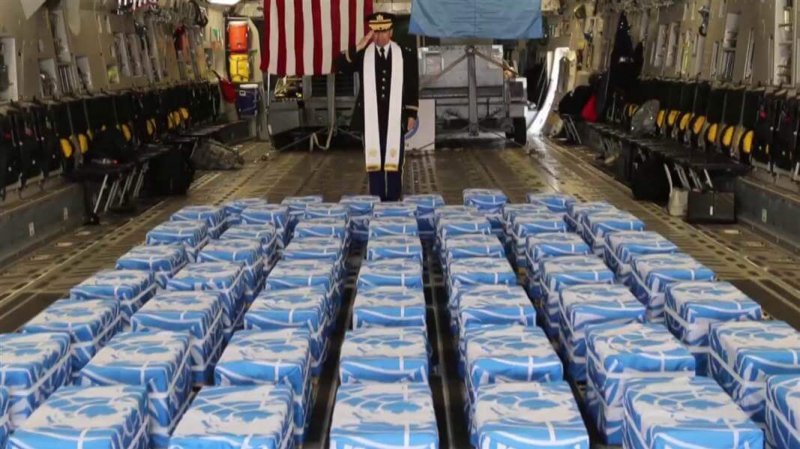The U.S. military remains released by North Korea on Friday [July 28] will be sent to a military lab in Hawaii, where they’ll enter a system that routinely identifies service members from decades-old conflicts.
Identifications depend on combining multiple lines of evidence, and they can take time: Even after decades, some cases remain unresolved.
…
If a DNA analysis is called for, samples are sent to a military DNA lab at Dover Air Force Base in Delaware.
Tiny samples of bone or teeth, no bigger than the amount of bone in the last joint of the pinkie finger, are enough to yield usable DNA, said Timothy McMahon, who oversees the Dover lab as director of Defense Department DNA Operations.
…That DNA is then compared with genetic samples from living people who are related to the missing.
The military has been collecting DNA from such family members since 1992, and has reached the relatives of 92 percent of the 8,100 service members who were listed as missing at the end of the Korean War, McMahon said.
The goal is to find bits of DNA in common between the known relatives and the unidentified remains, suggesting both belong to a particular lineage.
Read full, original post: DNA to X-ray: To ID remains from North Korea, military has a range of tools































